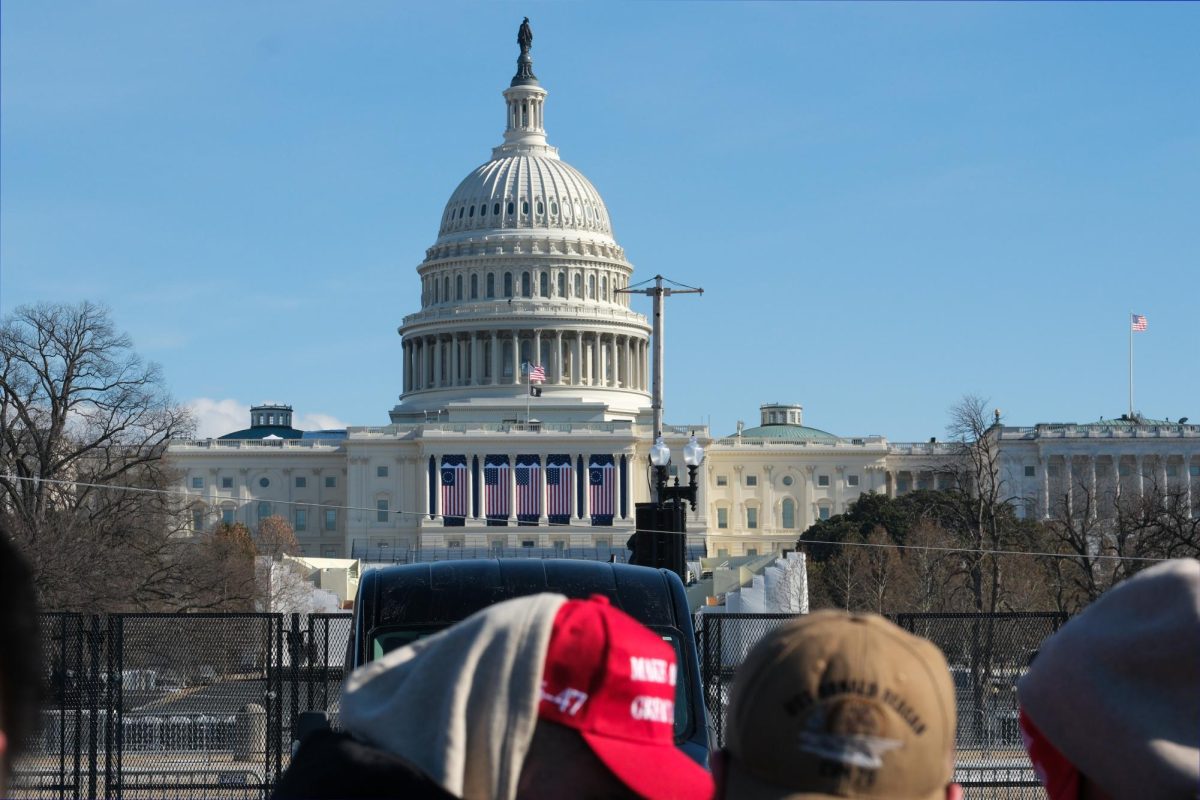Members of the Faculty Senate presented a controversial plan on Friday to build a multimillion-dollar science center in the middle of campus, in one of the first concrete discussions about a project that would radically alter GW’s academic focus.
The discussion comes almost two years after the body voted to make the facility their top priority for academic building construction. The project, which will likely be the most expensive in University history, was also highlighted when University President Steven Knapp emphasized research as a goal in 2006.
A preliminary report, presented at the Faculty Senate’s monthly meeting, states that the science center could cost between $180 million and $270 million, but some professors predicted it could cost much more. Professor Joe Cordes, who presented one of two reports, said the cost estimate is a “ballpark figure” that does not include research equipment for the building or new faculty members and assumes the current market prices.
“The numbers I have heard tossed around were more like $300 to $350 million with around 500,000 square feet,” said professor Phillip Wirtz.
The Faculty Senate Special Committee for the Science and Engineering Complex met on Oct. 11 to discuss the estimated scope and size of the project, the use of the building and sources of funding. A Board of Trustees committee on the building also met on Oct. 21 to discuss similar goals and objectives.
If the proposal is approved, there will be a single building constructed on land occupied by the University Parking Garage at 22nd and I streets.
The fundraising model for the project has not yet been developed, but proposal presenter professor Hermann Helgert speculated that much of the money would come from donations and research grants.
Funds will also come from other sources including the 4.4 percent payout from the Square 54 development, though it would still leave a $10 million to $12 million gap per year to pay for operating costs, according to the report.
“President Knapp has made it clear that tuition funds will not be used for financing the project,” Cordes said.
Five science departments from the Columbian College of Arts and Sciences and the entire School of Engineering and Applied Sciences are set to move to the building. Research facilities would also be issued to other University departments on a competitive basis and determined by the magnitude of the grant being brought in.
The first floor will primarily be used for classrooms while the remaining floors will be used for research laboratories and administrative offices, according to the report.
One of the main objectives of the building is to replace traditional classrooms with interactive teaching laboratories. Helgert added that there has been conflict between those who want to see this as more of a research facility rather than a teaching facility.
“We don’t have any real concrete plans for how this building is going to be allocated as far as classrooms versus research is concerned,” Helgert said.
Vice President of Academic Affairs Donald Lehman stressed that the facility would be a combination of the two.
“When you are looking for donors, they like to see state-of-the-art research programs that would bring prestige to the University,” Lehman said. “Those kinds of things attract donors.”
Several professors questioned the scope of the project and how that would affect GW’s future financial stability.
“We have to evaluate the external financial market, but what we don’t want to do is stop thinking about our future as a major research university,” Lehman said.
During the 2008 and 2009 fiscal years, $1.5 million has been allotted for the research and development stages of the project.
The Board of Trustees will meet again in December to discuss the complex and will vote in February on the approval of $10 million for the building planning.
If the vote is passed, construction could to begin sometime between 2011 and 2014.
The University would lose more than 1,200 parking spaces, which poses a large obstacle for the project. Executive Vice President and Treasurer Lou Katz has previously said, however, the school is planning to create more parking spots scattered throughout Foggy Bottom.
Helgert said, “Without a solution to the parking issue, the building will not be constructed, period.”






